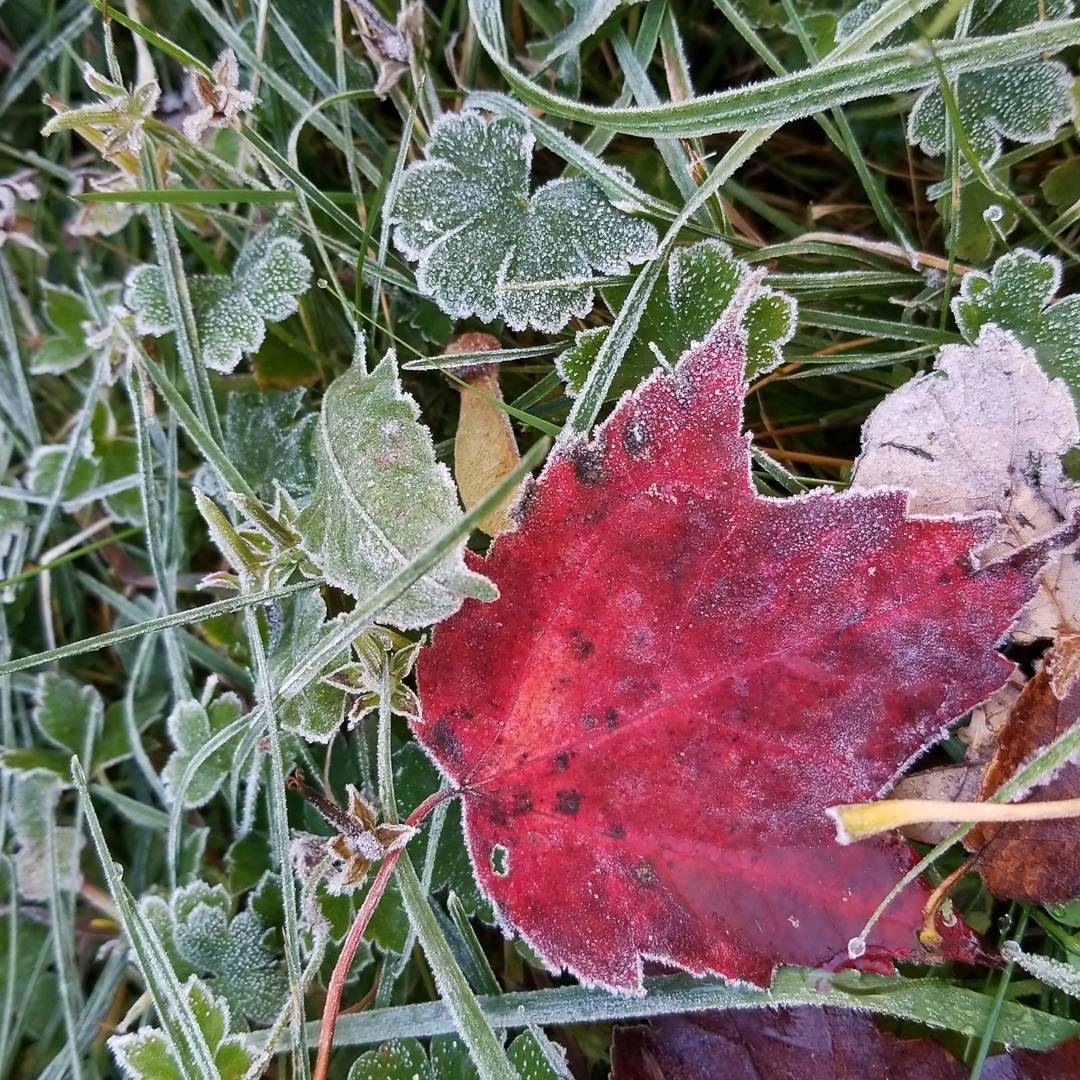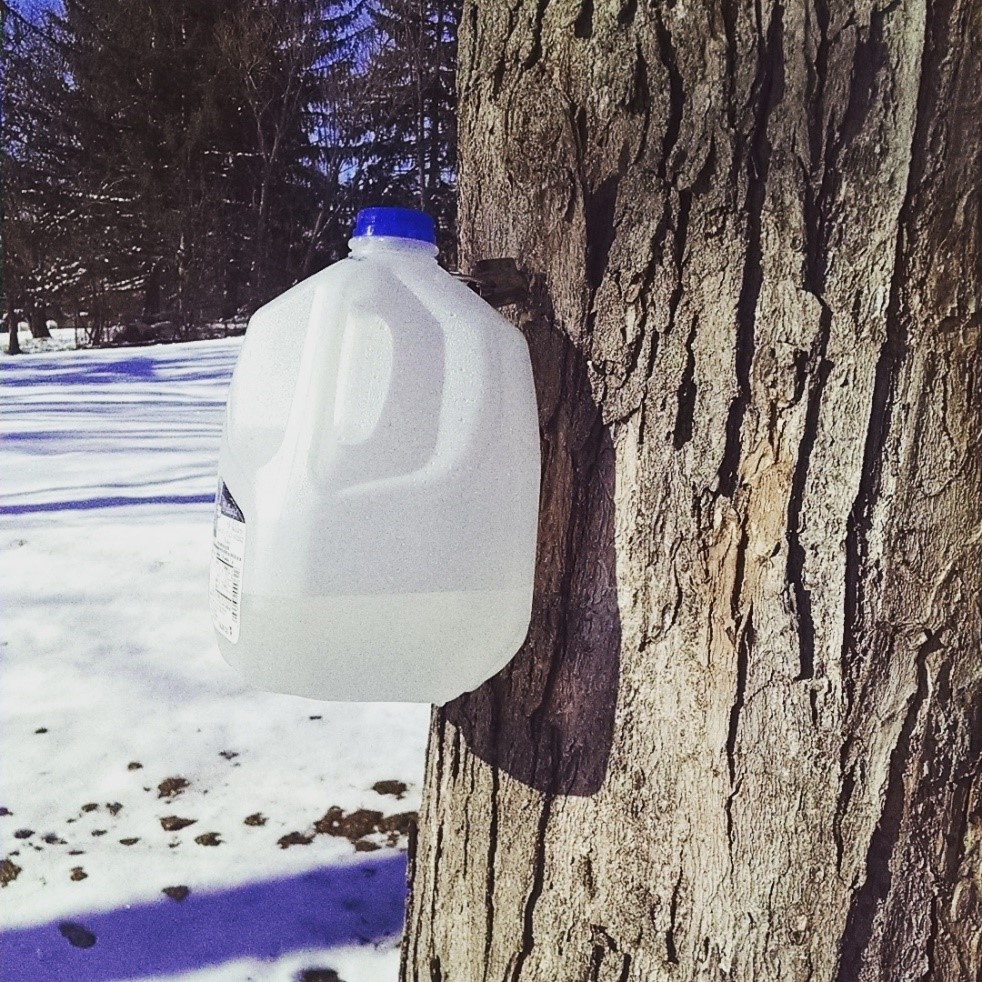In Bedford, November is the right time to start preparing the garden for winter. We may have had a frost already, but not snow. The ground is still workable and the temperatures are not so cold that you can’t get out there and clean up your beds. Here are some of the chores you should be doing around the garden to get it ready for winter and new growth in spring.
Manage leaves.
Raking and disposing of all the leaves in your garden isn’t necessary. Get most of the leaves off the lawn to avoid smothering the grass, but let the leaves stay in flower and vegetable beds to provide insulation throughout the winter. It’s also good for the local ecosystem, for insects and animals, to have some leaf cover in the colder months.
Clean up beds.
Wherever you have annuals planted, tear them out and add to your compost pile. The exceptions are annuals that self-seed. Leave them in place if you want new growth next year. This is also a good time to cut back perennials. Trim them back to just a few inches and use the branches and leaves for compost. You may want to leave some perennials in place for visual interest throughout the winter: ornamental grasses blue fescue, golden sedges, or sedum, for instance.
Mulch over delicate plants.
Any plants that are staying in the ground for the winter but that may be sensitive to the cold temperatures should be mulched. Strawberries, for instance, will need a mulch cover to survive the Midwest winter.
Remove and store any tender bulbs.
If you have any tender bulbs planted, such as gladiolus, calla lily, or dahlias, now is the time to get them into storage. Dig them up and keep them in a paper bag with dry dirt or sand. Keep them inside in a cool, dry location and replant in the spring.
Clean gardening tools.
It’s time to hang up the tools for winter, but before you do, give them a thorough cleaning. Clean metal tools and let them dry completely. Then rub them with oil to prevent rust. This is also a good time to service your lawnmower and turn off outdoor water and bring hoses in to the garage or shed.
Provide for birds.
If you enjoy seeing birds in your garden, make sure you’re ready for the winter arrivals and those that stay year-round. You can leave some flowers in place that provide seed heads—like coneflowers and sunflowers—to help feed birds. Also keep your feeders full of seed and suet to provide extra energy for the colder months.
November is a time when the fruits of the garden are spent, but it’s also when the work we put in will pay off next year. Take the time to prepare your beds and lawn for a great spring and you’ll be rewarded in the new year.






